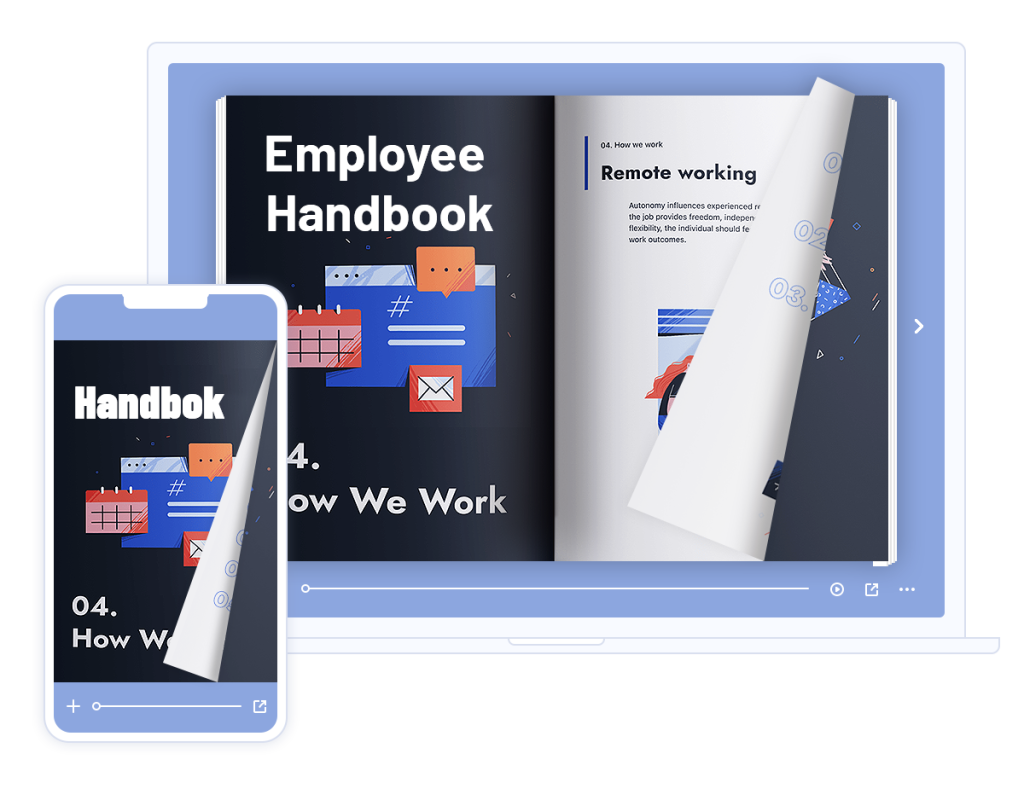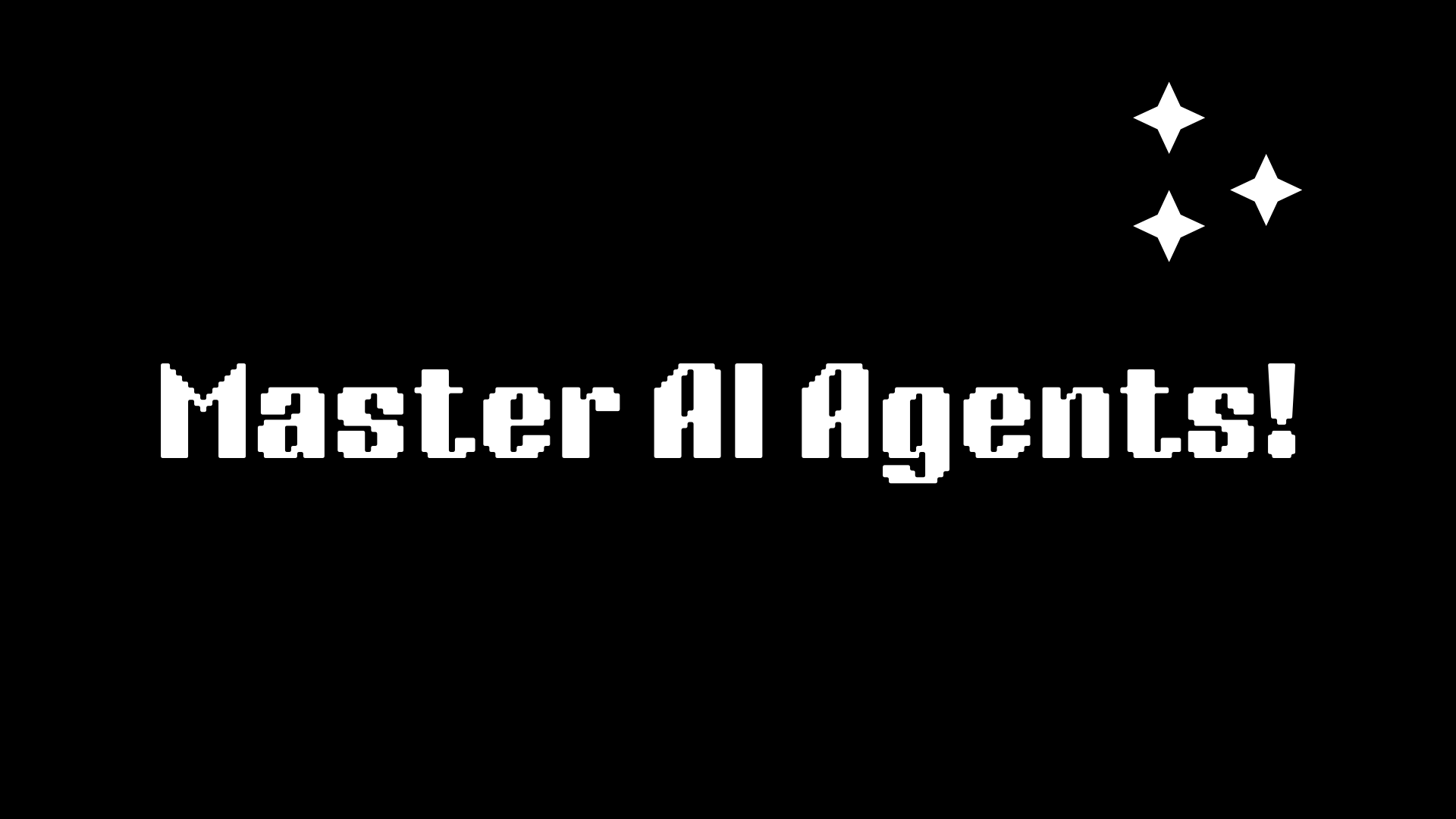In today’s complex business environment, an employee handbook is more than just a document—it’s a cornerstone of company culture, a critical compliance tool, and a vital resource for employees. However, creating a comprehensive, legally sound, and engaging handbook can be a daunting task, especially for businesses navigating the intricate web of federal and state regulations. This is where modern AI platforms like Genspark are changing the game, transforming a traditionally manual and time-consuming process into a streamlined, intelligent workflow.
This article explores how to leverage Genspark’s unique capabilities to create a robust and effective employee handbook for 2025, ensuring your organization is protected, your policies are clear, and your employees are well-informed.
The Anatomy of an Effective Employee Handbook
Before diving into how AI can help, it’s crucial to understand what makes a handbook successful. A well-crafted handbook serves as a guide for employees and a shield for employers. According to legal experts, a thorough handbook can be one of an employer’s best defenses against employment claims by setting clear expectations and internal procedures .
Foundational Components: Mission, Vision, and Values
An employee handbook should begin by grounding new hires in the company’s identity. This section typically includes a welcome statement from leadership and a clear articulation of the company’s mission, vision, and core values. This isn’t just fluff; it sets the tone for the entire employment relationship and helps employees understand the “why” behind their work .
Legally Mandated Policies: The Non-Negotiables
This is the most critical section from a legal standpoint. Handbooks must contain policies that comply with federal, state, and local laws. Failure to do so can expose a company to significant legal risk. Key federally mandated policies include:
- Equal Employment Opportunity (EEO): Policies that demonstrate compliance with anti-discrimination laws enforced by the EEOC.
- Anti-Harassment and Anti-Retaliation: Clear statements prohibiting harassment and retaliation, along with a straightforward procedure for reporting violations.
- Disability Accommodation: Information on employees’ rights to reasonable accommodations and how to request them.
- Family and Medical Leave Act (FMLA): For applicable employers, this policy outlines employee rights to unpaid, job-protected leave for specific family and medical reasons.
The complexity multiplies for businesses with employees in multiple states, as each state has its own set of required policies regarding topics like paid leave, off-duty conduct, and more .
Essential Company-Specific Policies
Beyond legal mandates, a handbook should define the day-to-day expectations and procedures of your workplace. These policies help ensure consistency and fairness. Important examples include:
- Code of Conduct: Covers expectations for professionalism, dress code, and workplace behavior.
- Compensation and Payroll: Details on pay schedules, overtime, and compensation structure.
- Performance Reviews: Outlines how and when performance is evaluated.
- Remote/Hybrid Work: Defines expectations for working hours, communication, and equipment for off-site employees.
- Social Media and Technology Use: Sets guidelines for the use of company devices and personal social media activity as it relates to the company.
The Importance of Regular Updates and Legal Review
Employment laws are constantly evolving. A handbook that was compliant in 2024 may be outdated by 2025 . Therefore, handbooks are not “;set it and forget it”; documents. They require periodic review—at least annually—to ensure all policies are current and lawful. Each time the handbook is updated, employees should be notified and asked to acknowledge receipt of the new version.
How Genspark Revolutionizes Handbook Creation
Genspark is not just another AI writer. It operates as an “;All-in-One AI Workspace” powered by a multi-agent architecture. This means instead of a single AI model, Genspark deploys a team of specialized AI agents that collaborate to research, analyze, and create content . This approach is uniquely suited to the complex task of building an employee handbook.
Step 1: Research and Policy Gathering with AI Agents
The first challenge in handbook creation is gathering accurate information on applicable laws. Genspark’;s “Super Agent” can break down a complex query like “research required employee handbook policies for a 100-employee tech company with staff in California and Texas” into sub-tasks. Specialized agents then find, analyze, and synthesize information from legal databases, government websites, and expert articles.
The result is a dynamically generated Sparkpage—a comprehensive, consolidated summary of findings, complete with citations. This saves HR professionals countless hours of manual research and provides a solid foundation for drafting policies .
Step 2: Drafting and Customization in the AI Workspace
Once the research is complete, the drafting process begins. Genspark includes tools like AI Docs, which can be used to generate initial drafts of policies based on the research gathered in the Sparkpage. An HR professional can prompt the AI with, “Draft an at-will employment policy for California, including necessary disclaimers.” The AI will produce a template that can then be reviewed, edited, and customized to fit the company’s specific culture and operational needs.
This blend of AI-powered generation and human refinement is key. The AI handles the heavy lifting of initial drafting, allowing HR teams to focus on strategic customization and ensuring the tone aligns with the company’s voice.
Step 3: Ensuring Clarity and Accessibility
A common mistake in handbooks is using overly technical jargon or vague language that confuses employees . Genspark is designed with a user-friendly interface for non-technical users. This philosophy extends to its output. You can instruct the AI to “rewrite this policy in simple, clear language that anyone can understand.” This helps create a handbook that is not just legally compliant but also genuinely useful and accessible to your entire workforce, fostering trust and reducing misunderstandings.
Step 4: Creating Engaging and Multimedia Handbooks
Traditional handbooks are often static, text-heavy PDFs that go unread. Genspark’s capabilities extend beyond text. You can use its AI Slidesfeature to create an engaging onboarding presentation that summarizes key policies. For a truly modern approach, the handbook itself can exist as an interactive Sparkpage, allowing employees to easily search for topics, ask the AI questions about specific policies, and access related resources—transforming the handbook from a passive document into an active, intelligent resource.
The Strategic Advantage: AI-Powered vs. Traditional Methods
Adopting an AI-driven approach with a tool like Genspark offers significant advantages over traditional, manual methods of handbook creation. The benefits span efficiency, accuracy, and long-term maintainability.
Speed and Efficiency
The most immediate benefit is a dramatic reduction in time. Manually researching, drafting, and formatting a handbook can take weeks or even months. AI can condense the research and initial drafting phases to a matter of hours or days . This frees up HR professionals to focus on higher-value strategic work rather than getting bogged down in administrative tasks.
Consistency and Scalability
AI ensures a consistent tone and style across all policies. As a company grows and expands into new states, an AI-powered system can scale effortlessly. It can quickly generate state-specific addendums or integrate new policies required by a larger workforce, a task that is complex and error-prone when done manually .
Maintaining Compliance in a Changing Legal Landscape
Laws change. An AI system like Genspark can be continuously updated with the latest legal information. When a new law is passed, the AI can flag outdated policies in your handbook and even suggest revised language. This proactive approach to compliance is a significant advantage over the reactive nature of manual updates, which often happen long after a new law has taken effect.
Best Practices: Blending AI Efficiency with Human Expertise
While AI is a powerful ally, it is not a replacement for human judgment. The most effective approach to creating an employee handbook involves a strategic partnership between AI and human experts.
The Role of Human Oversight
AI-generated content must always be reviewed by qualified humans. HR professionals provide the organizational context and cultural nuance that AI lacks, while legal counsel provides the definitive sign-off on compliance. AI can misinterpret legal nuances or rely on outdated sources, making human verification essential . Think of AI as an incredibly efficient paralegal or research assistant, not the final decision-maker.
Customizing AI-Generated Content for Your Culture
Every company’s culture is unique. A generic, AI-generated policy might be legally sound but may not reflect your company’s values. The human touch is required to tailor the language, add company-specific examples, and ensure the handbook feels like a genuine reflection of your organization, not a document created by a machine.

Conclusion: The Future of HR is Collaborative
Creating and maintaining an employee handbook is a critical function for any business, but it no longer has to be an arduous, manual process. AI platforms like Genspark, with their advanced multi-agent systems and integrated workspaces, offer a powerful solution to streamline research, drafting, and maintenance.
By embracing these tools, HR departments can enhance their efficiency, improve compliance, and create more engaging, accessible resources for their employees. The future of handbook creation—and indeed, many HR functions—lies in this intelligent collaboration: combining the speed and scale of AI with the irreplaceable context, judgment, and strategic oversight of human experts. This partnership allows businesses to not only protect themselves legally but also to build a stronger, more transparent, and better-informed workplace culture.


Comments